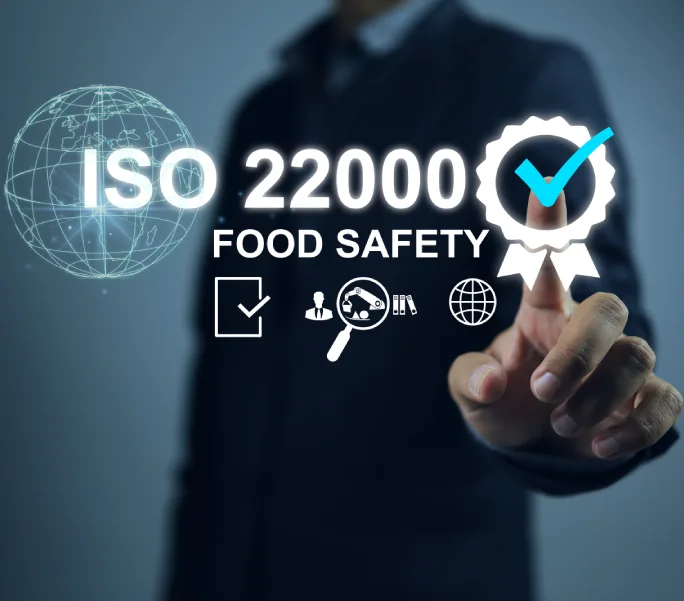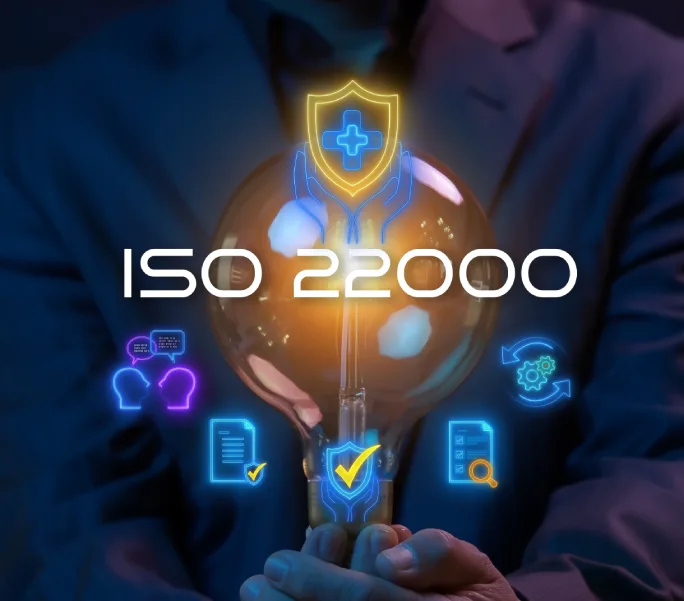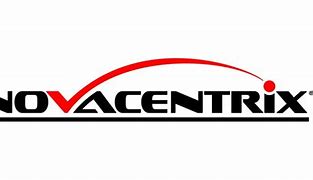We are changing our name from Blue Wolf to QIC Global
We are changing our name from Blue Wolf to QIC Global
Improve your food safety management system by adopting the ISO 22000 standard. The international standard designs a comprehensive set of clauses that help to improve your present food safety management framework. The set specifies the requirements to ensure safety practices have been maintained throughout the supply chain, manufacturing, and delivery. Achieve ISO 22000 to enhance your business potential in the competitive market of the food chain.





ISO 22000 is the international standard for food safety management systems. It helps companies to detect, analyze, and prevent potential hazards related to food safety control. The standard applies to companies that are in the food chain industry. Companies, regardless of their size can adopt the standard. To comply with the government rules and regulations for food safety, ISO 22000 is the ultimate strategic savior.
ISO 22000 is known for its practical set of policies and requirements that guide companies in maintaining an effective safety framework. The aim is to ensure that the food is safe for consumption. With the support of the standard, companies can efficiently adhere to customer requirements and legal obligations. The following practices are covered by ISO 22000 -

The structure of a good Food Safety Management System (FSMS) is provided in ISO 22000:2018. To fulfill the requirements, organizations should:
The most common non-conformities of audits are:
These common nonconformities can be avoided by thoroughly addressing/completing every requirement of the standard, which therefore ensures good food safety and regulatory confidence.



“I want to express my sincere appreciation for your support during our recent ISO audit.”


“One of the best business decisions I think we've made in the entire time we've been here in the company.”


We make auditing your ISO Standards easy. We know audits can be stressful. We’ll take the stress out.


“What seemed like a very intimidating process … was made simple … and [has] elevated our quality and safety program to another level.”


“…our staff feel comfortable talking to [the auditor]… makes you feel like you are working together”


“…Relaxed, didn't feel pressured..."


“I would just say, if you want the best and you want to things done quickly and accurately that I’d go with Blue Wolf. The service was great. Again, just to the point, very speedy, not a lot of fluff around things. We just got to work and got it done and that was the objective.”


“Your approach [to the audit process] is by far superior than any other audit I’ve ever been through. The contrast was night and day”


“There was so much going on at the time of the audit that I just wanted to go back to the audit, it was more relaxing”


“I don’t ever want to experience an audit a different way”


“If everybody could have an audit experience like this, more and more people would actually consider an ISO certification”


“I learned a whole lot from what we just went through with [the auditor] that I didn’t even understand about the standard before”


“Our experience has been that this process in working with the auditors has shown us more ways to improve internally than what we expected”


“What seemed like a very intimidating process … was made simple … and [has] elevated our quality and safety program to another level.”


“…Relaxed, didn't feel pressured..."


“…our staff feel comfortable talking to [the auditor]… makes you feel like you are working together”


“It’s a very smooth and very clear process. Definitely recommended.”


"The auditor was very knowledgeable, very understanding, very helpful."


“Would give them a 10 out of 10 and would highly recommend them to anybody looking to get ISO certification in the future.”


“I found Blue Wolf to be the Cheapest and most experienced in my eyes ‘cause all of the price ranges were higher than Blue Wolf, so I stuck with Blue Wolf. Their quality was very high as well.”


“The service provided by Blue Wolf has been second to none.”


“Blue Wolf streamlined the entire process. They were very easy to communicate with and work with, very cordial, and just an all-around good experience.”


“Blue Wolf makes a great partner for not only getting but maintaining your ISO certifications.”
Quality Management Systems
Environmental Management Systems
Occupational Health and Safety Management Systems
Information Security Management Systems
The Information Technology (IT) Service Management System Standard for earning global recognition!
Global Quality Management Standard for Medical Devices
Energy Management System efficiency
Food Safety Management Systems
Anti-Bribery Management System
Business continuity management system
The Privacy Management Standard for corporate documents
The education management standard for a better learning experience!